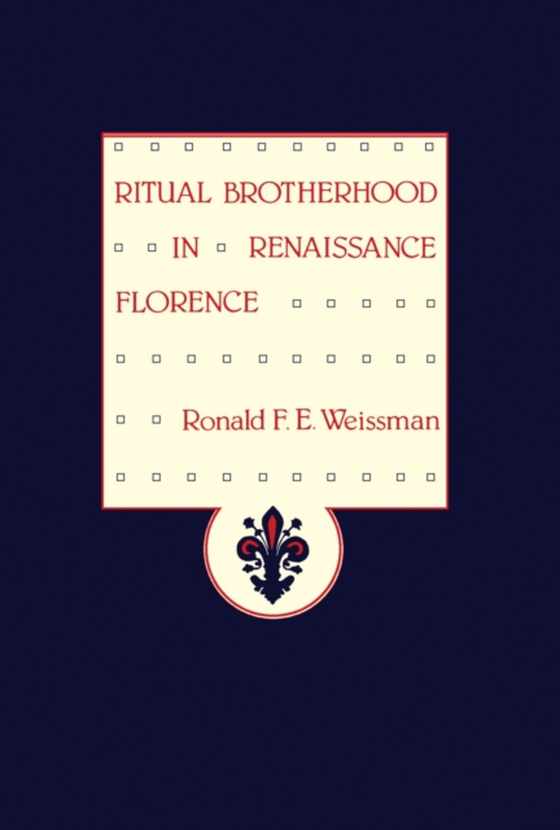
Ritual Brotherhood in Renaissance Florence e-bog
473,39 DKK
(inkl. moms 591,74 DKK)
Ritual Brotherhood in Renaissance Florence investigates the meaning of fraternity in terms of the ritual relations created in religious brotherhoods or confraternities during that period. The book focuses on the sociability of the confraternity as revealed in the patterns of membership and in forms of ceremony. Florence's confraternities serve as a vehicle for examining the relationship between...
E-bog
473,39 DKK
Forlag
Academic Press
Udgivet
22 oktober 2013
Længde
254 sider
Genrer
1DST
Sprog
English
Format
pdf
Beskyttelse
LCP
ISBN
9781483289359
Ritual Brotherhood in Renaissance Florence investigates the meaning of fraternity in terms of the ritual relations created in religious brotherhoods or confraternities during that period. The book focuses on the sociability of the confraternity as revealed in the patterns of membership and in forms of ceremony. Florence's confraternities serve as a vehicle for examining the relationship between ritual behavior and social organization. The text discusses the ways in which Florentines use forms of ritual to define, protect, and alter their relations with one another. The book reviews the social relations in Renaissance Florence through the structure of social relations, the politics of amity or enmity, and social relations in relation to economic exchange. Social organization and ritual actions include confraternal organization, membership, symbolic fraternity, and the rites of community. The book explores the company of San Paolo in the fifteenth century where the confraternity offers an introduction to the nature of citywide community, its republican institutions, and its civic values. The book also examines traditional confraternities in crisis, the nature of the disruptions that leads to the emergence of new confraternal organizations and values. In the sixteenth-century, confraternities reveal major departures in ideology, ritual, and social organization. They have also introduced the principles of hierarchy into confraternal membership, as well as a new ethic of obedience. The book will prove delightful reading for sociologists, historians studying Florentine society, and researchers interested in the history of religious brotherhood and confraternities.
 Dansk
Dansk

